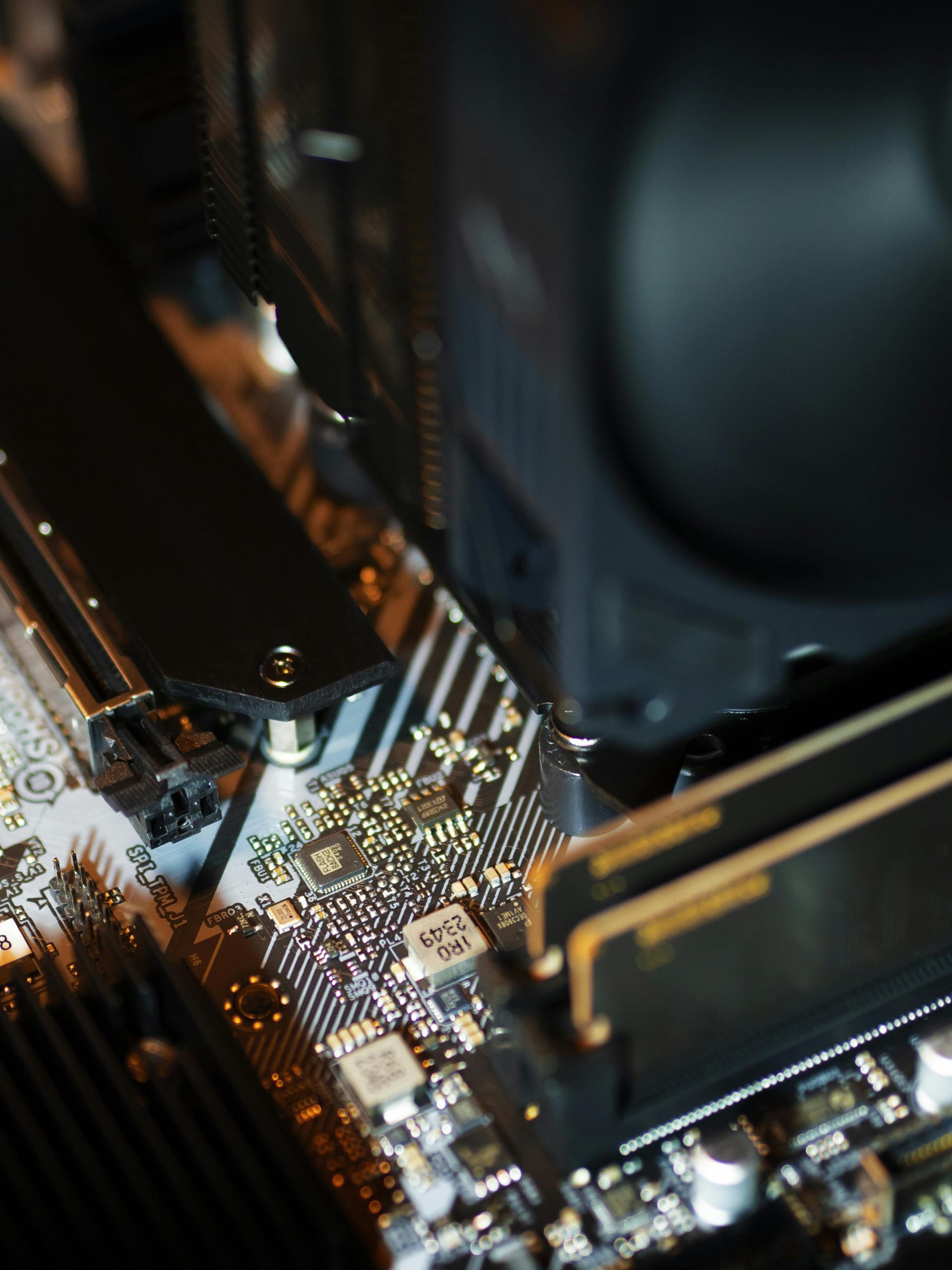Understanding Laptop Fan Behavior During Idle and Light Tasks After Moving: Is This Normal?
Relocating to a new environment can sometimes lead to unexpected changes in your laptop’s performance. One common observation after a move is noticing unusual fan activity during periods of inactivity or light usage. If you find that your laptop’s fan is cycling on and off repeatedly while idle, you might wonder whether this is typical behavior or a sign of hardware issues.
What Is Normal Fan Behavior?
Under standard conditions, modern laptops are designed to manage their thermal performance efficiently. When the system is idle or performing light tasks, the fan typically runs at a low speed—sometimes barely audible—to maintain an optimal temperature. This process, known as “quiet mode,” ensures that the device remains cool without generating unnecessary noise.
Signs of Potential Problems
If you notice that the fan:
- Turns on and off intermittently during light use or when idle
- Produces loud noise when active
- Stops suddenly and then restarts frequently
it could suggest several underlying issues:
-
Environmental Factors: Moving to a new location can alter ambient temperatures or airflow around the laptop, affecting cooling performance.
-
Hardware Adjustments or Damage: The process of transportation might have loosened components or caused minor damage, impacting the cooling system’s functioning.
-
Thermal Management Settings: Sometimes, system settings or BIOS configurations might change, influencing fan behavior.
-
Sensor or Software Glitches: Firmware or driver issues can cause the fan to behave abnormally.
What Should You Do?
- Check System Settings: Review your laptop’s power and thermal management settings to ensure they are optimized for light use.
- Inspect Physical Condition: Ensure the cooling vents are unobstructed and free of dust or debris. If comfortable, open the laptop to verify that fans and heat sinks are securely attached.
- Update Drivers and BIOS: Visit the manufacturer’s website for the latest updates that might address fan control issues.
- Monitor Temperatures: Use software tools (e.g., HWMonitor, SpeedFan) to observe CPU and GPU temperatures to see if overheating occurs.
- Consult a Technician: If issues persist, it may be best to have a professional diagnose the internal components for potential hardware damage.
Conclusion
While some fluctuation in fan activity during idle or light tasks is normal, persistent or loud cycling could indicate environmental adjustments or hardware concerns introduced during the move. By systematically checking your
Share this content:



